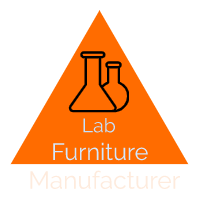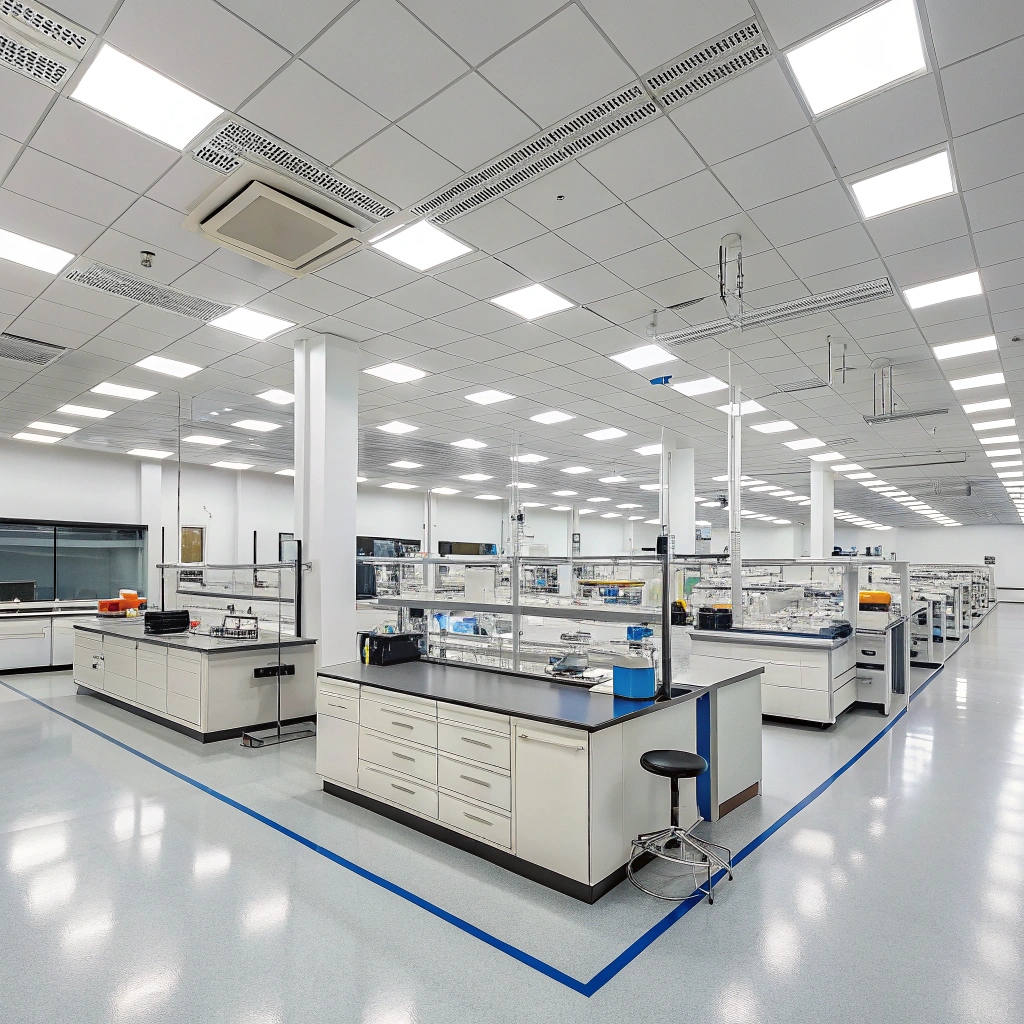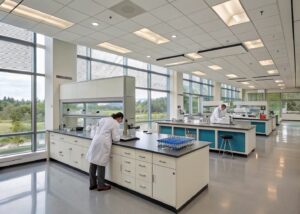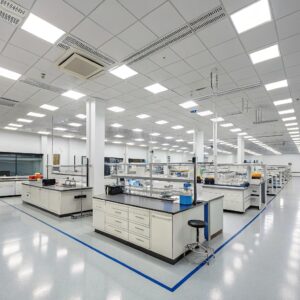Table of Contents
Choosing the right LED light for a laboratory isn’t just a practical decision—it’s a game-changer! Imagine this: poor lighting slashes lab accuracy by up to 20%, according to recent studies. I’ve squinted under flickering bulbs before, and let me tell you, it’s a productivity killer. Whether you’re outfitting a high-tech research hub or a small testing nook, lighting sets the stage for precision and safety. In this guide, we’re diving deep into how to pick the perfect LED solution—like linear high bay lights for sprawling lab spaces—so you can work smarter, not harder. From brightness to energy savings, let’s flip the switch on what really matters in 2025!
Why LED Lighting Matters in Laboratories
Lighting isn’t just about seeing—it’s about thriving in a lab. LEDs are the gold standard for modern labs, and here’s why:
- Enhanced Visibility: LEDs cut through haze and dimness, reducing eye strain during long hours of detailed work.
- Sterile Precision: Proper lighting supports sterile conditions and ensures accurate readings—no more guessing at results!
- Energy Savings: Compared to old-school fluorescents, LEDs slash energy bills, leaving more budget for research.
Switching to LEDs isn’t just an upgrade; it’s a necessity for labs aiming to stay cutting-edge.
Key Factors to Consider When Choosing Laboratory LED Lights
Picking the right LED isn’t a one-size-fits-all deal. Here’s what to zero in on:
- Lumens & Brightness: Aim for 500-1000 lumens per square meter, depending on your tasks—microscopy needs more punch than general storage.
- Color Temperature: Go for 4000K-6500K. Cooler tones (higher K) boost focus; warmer tones (lower K) ease the eyes during downtime.
- CRI (Color Rendering Index): A CRI of 80+ is non-negotiable—labs need true-to-life colors for spotting subtle changes.
- Durability: Look for LEDs rated for 50,000+ hours. You don’t want replacements disrupting experiments!
These specs aren’t just numbers—they’re your ticket to a lab that hums with efficiency.
Types of LED Lights Suitable for Laboratories
Not all LEDs are created equal. Here’s a rundown of lab-friendly options:
- Linear High Bay Lights : Perfect for big labs with high ceilings, these deliver powerful, even illumination across wide spaces.
- Recessed LED Panels: Sleek and subtle, ideal for smaller labs or controlled zones needing uniform light.
- Task-Specific LEDs: Think desk lamps or microscope lights—pinpoint brightness where it counts.
- Portable LEDs: Flexible and battery-powered, great for mobile setups or fieldwork.
For sprawling labs, linear high bay lights stand out—they’re like the Swiss Army knife of lab lighting!
Matching LED Lights to Laboratory Needs
Your lab’s unique vibe deserves a tailored glow. Here’s how to match lights to needs:
- Size Matters: Measure ceiling height and square footage—linear high bay lights shine in spaces over 12 feet tall.
- Lab Type: Chemical labs need glare-free light; bio labs crave high CRI for cell cultures; testing labs prioritize durability.
- No Shadows, No Glare: Angle lights to eliminate shadows on workbenches—precision can’t afford blind spots.
Step one? Grab a tape measure and assess your space. The perfect light is waiting!
Installation and Maintenance Tips for Laboratory LEDs
Getting those LEDs up and running is half the battle. Keep them shining with these tips:
- Safe Setup: For linear high bay lights, hire pros to tackle high ceilings—safety first! Mount at 15-20 feet for optimal spread.
- Sterile Upkeep: Dust LEDs with microfiber cloths to maintain clarity; avoid harsh chemicals that could damage fixtures.
- Spotting Issues: Flickering or dimming? Swap out faulty units fast to keep workflows smooth.
A little TLC goes a long way—your LEDs will thank you with years of flawless light.
Top LED Lighting Brands for Laboratories in 2025
Not sure where to shop? These brands dominate the lab lighting scene:
- Philips: Known for high-CRI options and lab-grade durability. Pro: Reliable. Con: Pricier upfront.
- Cree: Energy-efficient champs with stellar lumen output. Pro: Affordable. Con: Limited portable options.
- Osram: Cutting-edge tech with UL certifications. Pro: Innovative. Con: Availability varies.
- Certifications: Look for UL, IP65 (dust/moisture resistance), and solid warranties—5 years is a sweet spot.
Pick a brand that fits your budget and lab goals—you can’t go wrong with these heavy hitters.
Conclusion
Choosing the right LED light for your laboratory doesn’t have to be daunting—it’s an exciting chance to level up! From nailing brightness and color temp to picking fixtures like linear high bay lights for big spaces, you’re now armed with the know-how to make it happen in 2025. I’ve walked you through the essentials, and wow, what a difference the right light can make! Ready to transform your lab? Start by sizing up your space and browsing top brands today. Let’s light the way to better science—together!




